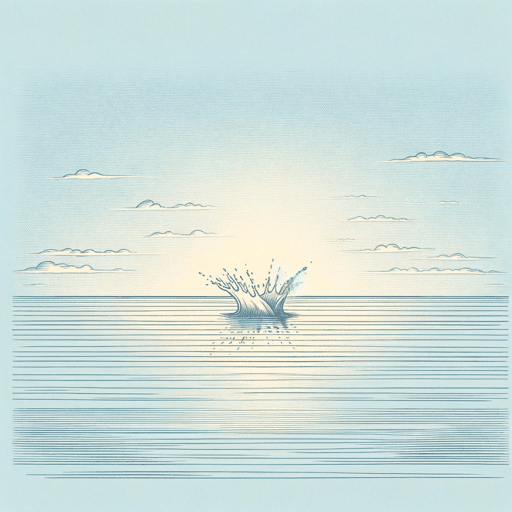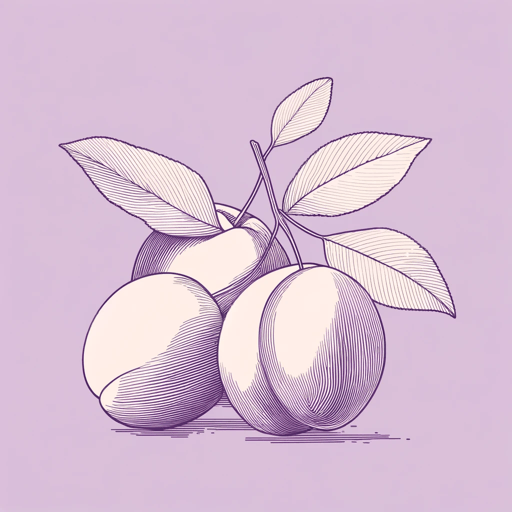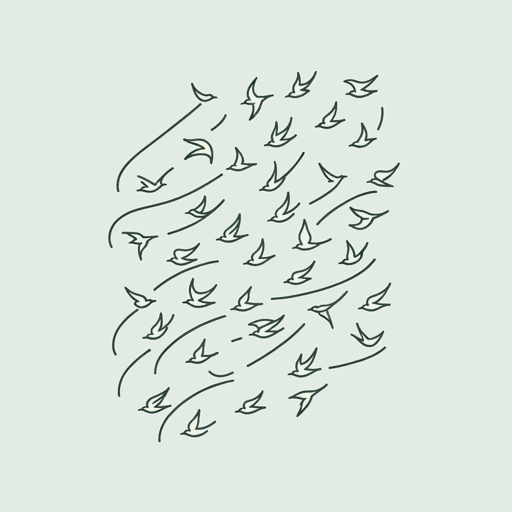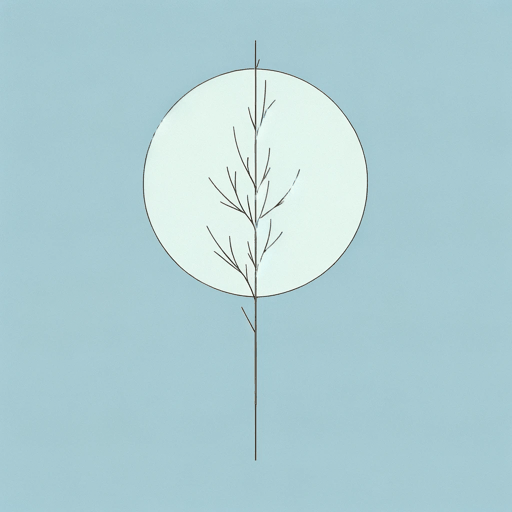20 pages • 40 minutes read
William Carlos WilliamsSpring and All
Fiction | Poem | Adult | Published in 1923A modern alternative to SparkNotes and CliffsNotes, SuperSummary offers high-quality Study Guides with detailed chapter summaries and analysis of major themes, characters, and more.
Literary Devices
Form
To mimic nature’s own halting and gorgeously inelegant move into spring, the poem’s own form is halting and gorgeously inelegant. The poem’s seven stanzas have varying line numbers, from two to six. There is no evident design to which stanzas have what number of lines, a formal equivalent of the ebb and flow of the energy distribution typical of early spring. The poem is loosely shaped around two couplets, although neither couplet provides anything like a pivotal message nor refrain to justify the arrangement. That haphazard form is underscored by the poem’s lack of traditional rhythm or rhyme patterns.
Williams’s free form—the shifting lines, the varying line length, the undisciplined stanzaic breaks—all express the wonder of the poet’s discovery of the quiet animation-in-process in the wintery world of his commute. To convey that sense of discovery in traditional patterns of fixed rhythm and anticipated rhymes, the traditional blocked stanzas of preset lines would create about that discovery a kind of martial militancy that loses the halting, gradual movement of the speaker into the reassurance that spring will arrive. The form is organic, matching the content.
Related Titles
By William Carlos Williams

Approach of Winter
William Carlos Williams

Between Walls
William Carlos Williams

In the American Grain
William Carlos Williams

Landscape with the Fall of Icarus
William Carlos Williams

Paterson
William Carlos Williams

Spring Storm
William Carlos Williams

The Red Wheelbarrow
William Carlos Williams

The Young Housewife
William Carlos Williams

This Is Just to Say
William Carlos Williams

To Elsie
William Carlos Williams

To Waken An Old Lady
William Carlos Williams

